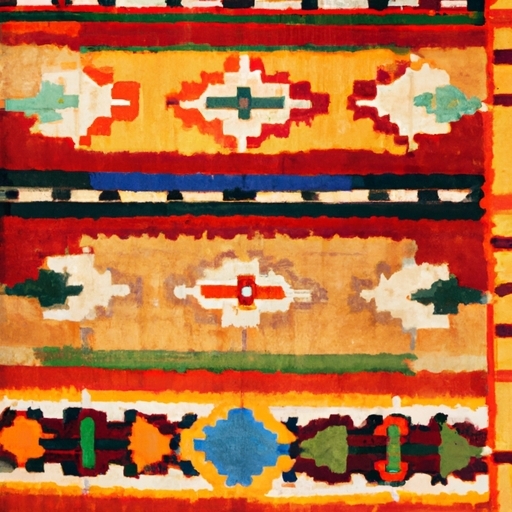
Overview of the variety of southwestern designs available
southwestern throwing rugs
Southwestern throwing rugs hold immense historical significance and cultural importance. These exquisite textiles, handcrafted with utmost care and skill, are veritable treasures that encapsulate the rich heritage of the Southwest region.
The weaving tradition of Southwestern throwing rugs dates back centuries, intertwining with the lives and stories of indigenous communities. Passed down through generations, these rugs serve as a testament to their ancestral knowledge and artistic prowess.
Each rug is meticulously crafted using vibrant natural dyes derived from plants, yielding hues that evoke the stunning landscapes of desert mesas and sprawling canyons. The intricate patterns adorning these rugs often depict sacred symbols or reflect elements of nature, making them not only visually captivating but also spiritually significant.
The cultural importance of Southwestern throwing rugs extends beyond their aesthetic appeal. They provide a tangible link to Native American traditions and beliefs, acting as storytellers woven into fabric. In many tribes, these rugs played an essential role in ceremonies or were utilized as protective coverings during rituals.
Furthermore, these rugs have transcended boundaries and gained global recognition for their exceptional craftsmanship. Collectors around the world appreciate the meticulous attention to detail exhibited by skilled weavers, marveling at the complex designs achieved using age-old techniques.
While it may seem improbable that such humble objects could carry such weighty significance in today's fast-paced world, Southwestern throwing rugs remain cherished artifacts that embody cultural resilience and artistic excellence.
In conclusion, Southwestern throwing rugs represent much more than mere floor coverings; they are gateways into a world brimming with history, spirituality, and creativity. Preserving this traditional art form ensures that future generations can continue to appreciate its beauty while honoring the remarkable cultures from which it emerged.